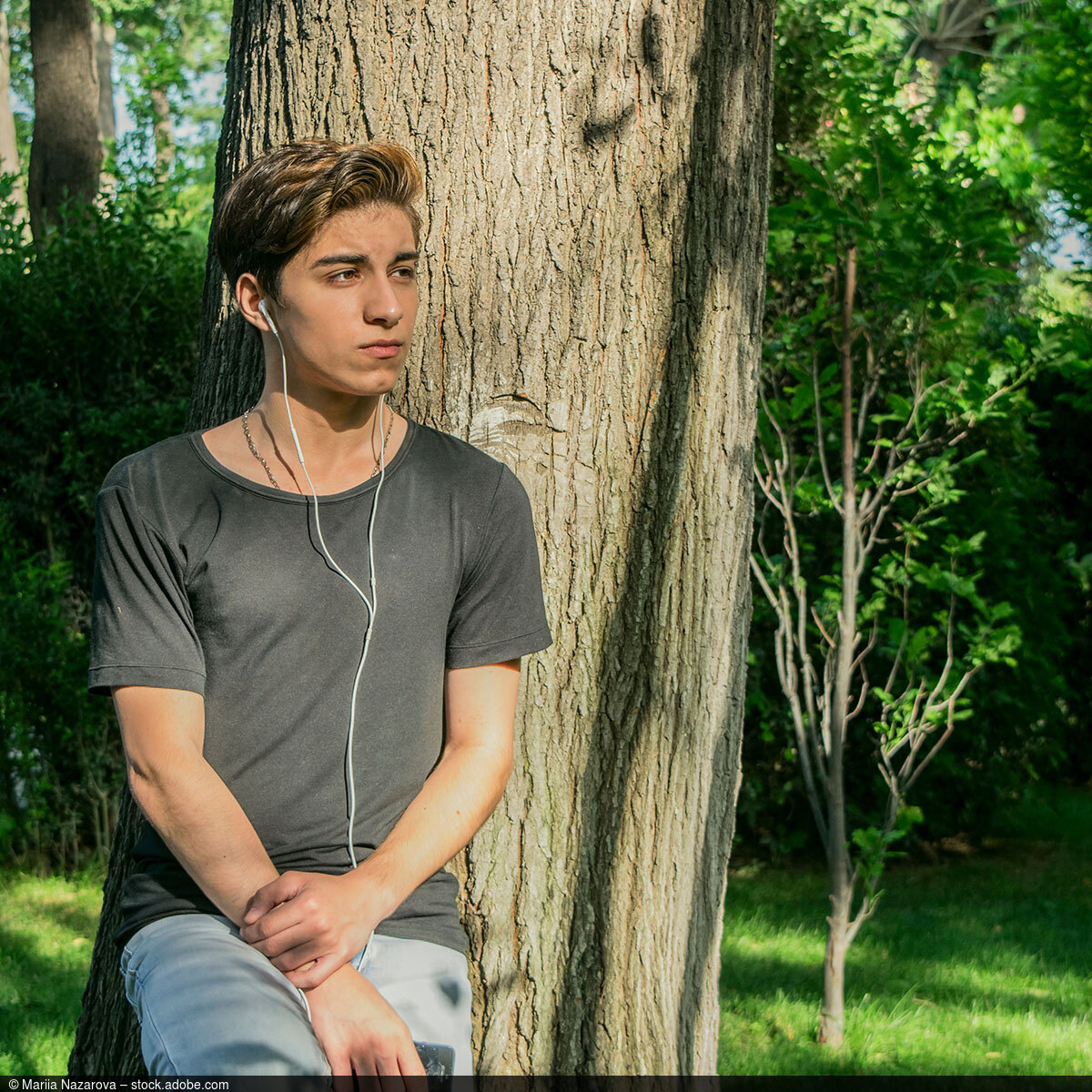Handsome Peers: Poorer Grades
ResearchZEW Study Analyses Beauty Premium in US High Schools
Beauty is seen as a success driver – both at work and at school. Contrary to expectations, however, it is adolescent boys in particular who are subject to peer pressure and comparison in terms of physical attractiveness in the school environment. Male students in US high schools receive lower grades when their peer group is more attractive. This peer pressure impacts their self-confidence, especially for those who are less physically mature for their age, ultimately affecting their academic performance. This is shown by a study conducted by ZEW Mannheim and Cardiff University, which analysed representative data from over 3,000 US students. The effect can also be applied to other Western countries.
“Our study proves once again that academic performance depends on various factors beyond intelligence and diligence. Therefore, targeted measures should be taken to boost students’ self-confidence. For example, counselling, support and an inclusive learning atmosphere in which everyone can participate and unfold their potential could help,” says co-author Efi Adamopoulou, PhD, a researcher from ZEW’s Research Group “Inequality and Distribution Policy”.
Own and peer physical appearance matters – but only for adolecscent boys
The study shows a clear gender difference. For adolescent girls, academic performance correlates with so-called personality attractiveness. Female students deemed likeable in terms of personality tend to have better grades. By contrast, their academic performance remains unaffected by the personality or physical attractiveness of their peers. Whether girls’ peers are pretty or likeable does not play a role in their success at high school.
In principle, the correlation between personality attractiveness and academic performance also applies to adolescent boys. However, physical attractiveness also plays a role: Adolescent boys who are physically attractive tend to perform better at school, but the presence of attractive peers lowers their own performance.
A question of self-confidence
This is because of a diminished self-confidence, as shown by the students’ self-assessments. The effect of physical attractiveness of peers can be interpreted as causal because the proportion of physically attractive peers in a student’s grade is random.
The lack of self-confidence can ultimately lower a boy’s grade point average (GPA), reducing his chances of going to college. Specifically, if the proportion of physically attractive peers in one grade increases by ten percentage points, the probability of that individual student enrolling in college decreases by three percentage points.
“Teachers and school counsellors need to be made more aware of this mechanism. In addition, educational strategies should be developed that aim to minimise the negative influence of social comparisons and promote a culture of inclusion and respect. In this way, we can ensure that all students have the best opportunities of academic and professional success, regardless of their environment,” demands Adamopoulou.
Data from over 3,000 high school students
While the size of the beauty premium and the underlying mechanisms differ from study to study, many studies show that physical attractiveness has a positive influence on a person's salary when they are in employment. A study conducted among Italian students in 2011 also showed significant positive effects of beauty on the grades of male university students in both oral and written examinations.
The ZEW research now shows that this effect already exists at high school. The study analyses the effects of beauty on school performance for 3,000 students. It is based on representative data for the US from the National Longitudinal Survey of Adolescent Health (Add Health). Since 1994, the long-term study has surveyed over 90,000 US students in grades seven to twelve in several waves, tracking their career, health and personal development. This long-term database enables analyses at the individual participant level. Add Health also contains two different measures of beauty: physical attractiveness and personality attractiveness, which are based on the interviewer’s assessment. The study has been published in the renowned Journal of Economic Behavior & Organisation and is freely available: https://doi.org/10.1016/j.jebo.2023.11.025.



